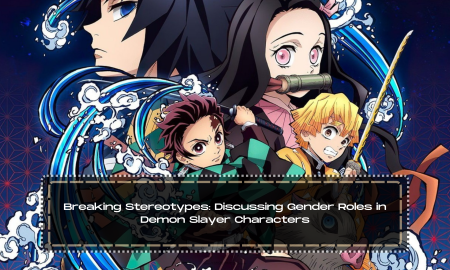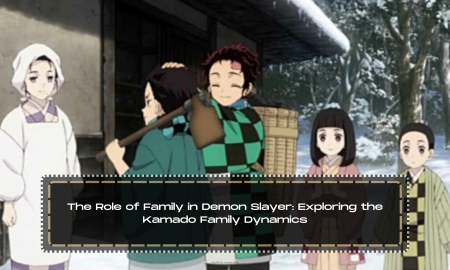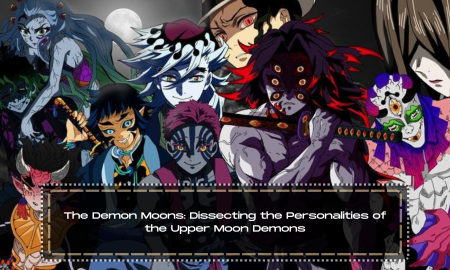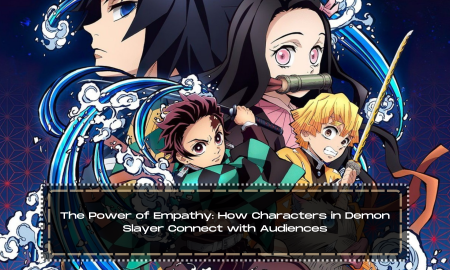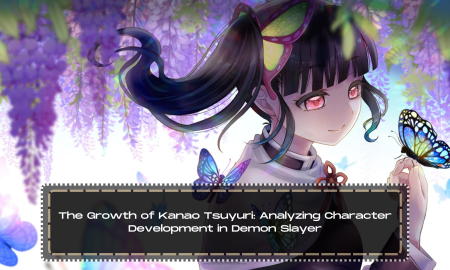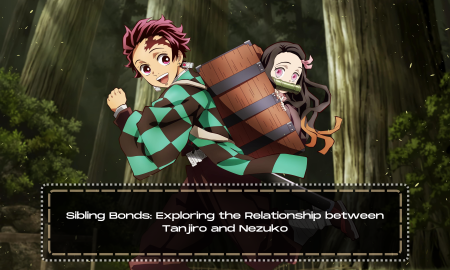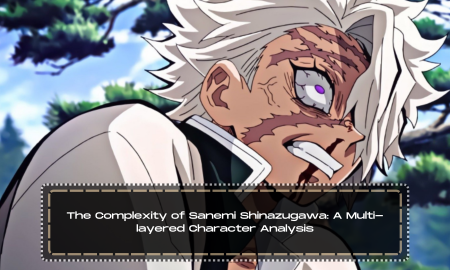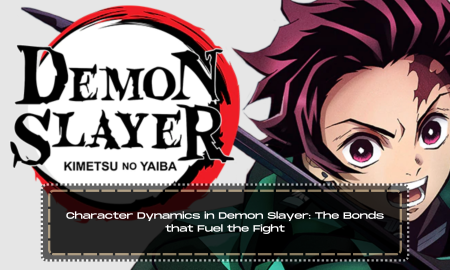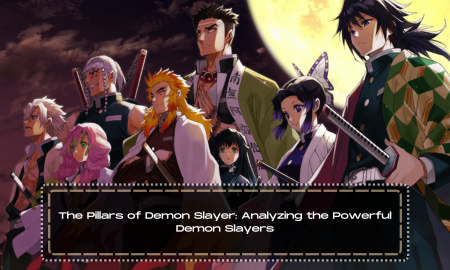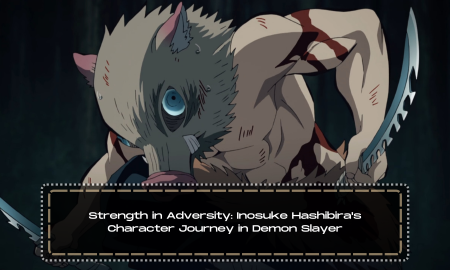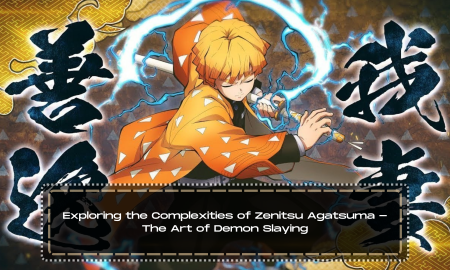Category Archives: Demon Slayer
Symbolism in Character Design: Analyzing the Visual Language of Demon Slayer
Symbolism in Character Design: Analyzing the Visual Language of Demon Slayer Character design in anime...
The Evolution of Tanjiro’s Breath Styles: Character Growth and Combat Techniques
The Evolution of Tanjiro’s Breath Styles: Character Growth and Combat Techniques In the vibrant world...
Breaking Stereotypes: Discussing Gender Roles in Demon Slayer Characters
Breaking Stereotypes: Discussing Gender Roles in Demon Slayer Characters Gender has been a recurring theme...
The Tragic Backstories of Demon Slayer: Understanding the Characters’ Motivations
The Tragic Backstories of Demon Slayer: Understanding the Characters’ Motivations Introduction In the world of...
The Role of Family in Demon Slayer: Exploring the Kamado Family Dynamics
The Role of Family in Demon Slayer: Exploring the Kamado Family Dynamics In the world...
The Strength of Friendship: Examining the Camaraderie Among the Demon Slayers
The Strength of Friendship: Examining the Camaraderie Among the Demon Slayers In the heart-pounding world...
Dissecting the Personalities of the Upper Moon Demons – The Demon Moons
The Demon Moons: Dissecting the Personalities of the Upper Moon Demons In the dark and...
The Power of Empathy: How Characters in Demon Slayer Connect with Audiences
The Power of Empathy: How Characters in Demon Slayer Connect with Audiences Introduction In the...
The Growth of Kanao Tsuyuri: Analyzing Character Development in Demon Slayer
The Growth of Kanao Tsuyuri: Analyzing Character Development in Demon Slayer In the enchanting world...
Sibling Bonds: Exploring the Relationship between Tanjiro and Nezuko
Sibling Bonds: Exploring the Relationship between Tanjiro and Nezuko In the world of “Demon Slayer,”...
The Complexity of Sanemi Shinazugawa: A Multi-layered Character Analysis
The Complexity of Sanemi Shinazugawa: A Multi-layered Character Analysis In the demon-infested world of “Demon...
Unmasking the Mystery: A Character Study of Gyomei Himejima – Demon Slayer
Unmasking the Mystery: A Character Study of Gyomei Himejima – Demon Slayer In the blood-soaked...
The Importance of Mentorship: Examining Urokodaki and Shinobu’s Roles in Demon Slayer
The Importance of Mentorship: Examining Urokodaki and Shinobu’s Roles in Demon Slayer In the demon-infested...
Character Dynamics in Demon Slayer: The Bonds that Fuel the Fight
Character Dynamics in Demon Slayer: The Bonds that Fuel the Fight Welcome to the world...
The Resilience of Nezuko Kamado: Understanding the Silent Heroine
The Resilience of Nezuko Kamado: Understanding the Silent Heroine In the world of anime and...
The Enigmatic Rui: A Deep Dive into the Antagonist’s Character in Demon Slayer
The Enigmatic Rui: A Deep Dive into the Antagonist’s Character in Demon Slayer Greetings, fellow...
The Pillars of Demon Slayer: Analyzing the Powerful Demon Slayers
The Pillars of Demon Slayer: Analyzing the Powerful Demon Slayers Greetings, fellow anime aficionados and...
Strength in Adversity: Inosuke Hashibira’s Character Journey in Demon Slayer
Strength in Adversity: Inosuke Hashibira’s Character Journey in Demon Slayer Introduction: In the world of...
Exploring the Complexities of Zenitsu Agatsuma – The Art of Demon Slaying
Exploring the Complexities of Zenitsu Agatsuma – The Art of Demon Slaying Introduction In the...
Unveiling the Heroes: A Character Analysis of Tanjiro Kamado in Demon Slayer
Unveiling the Heroes: A Character Analysis of Tanjiro Kamado in Demon Slayer Introduction: In the...



